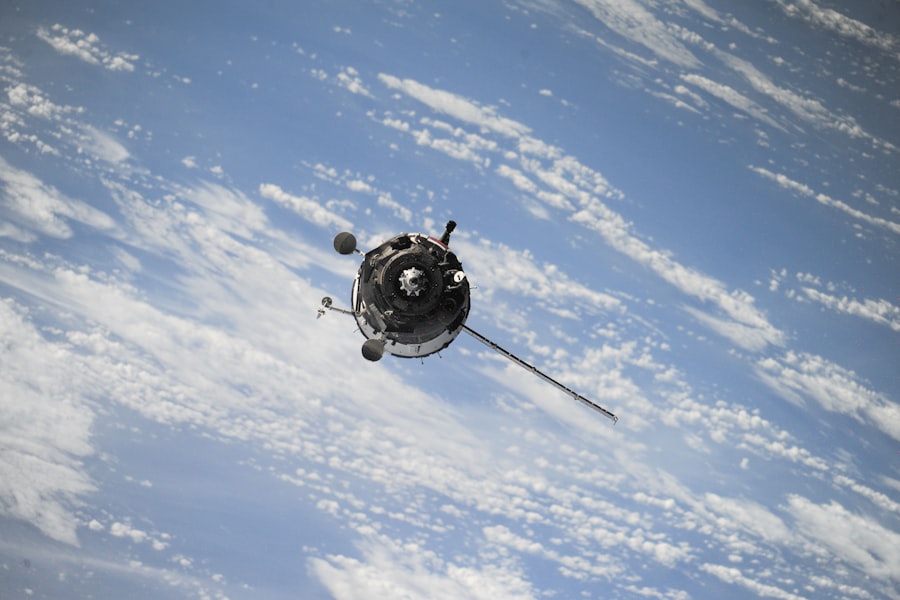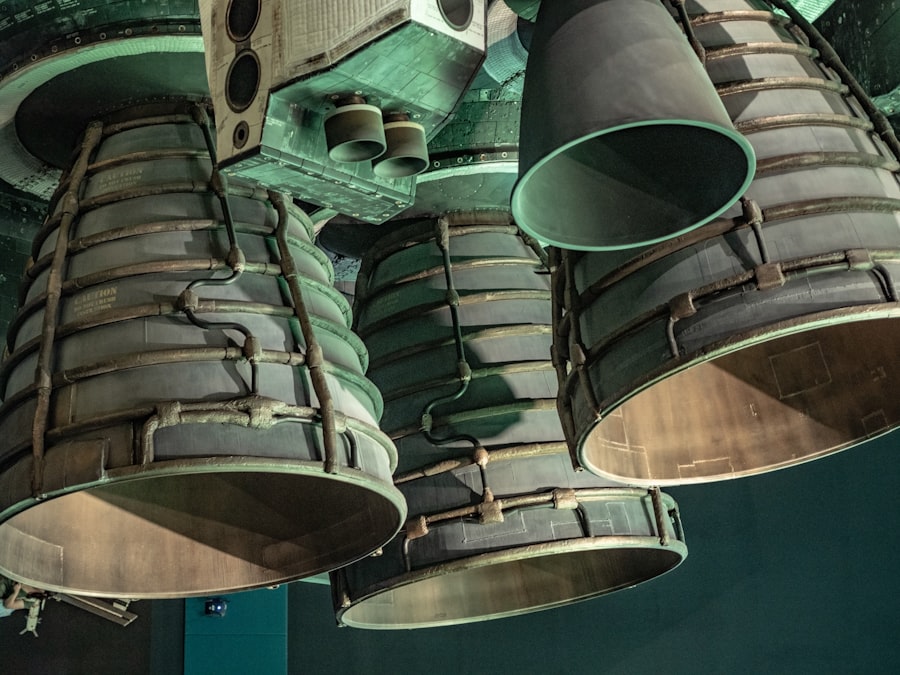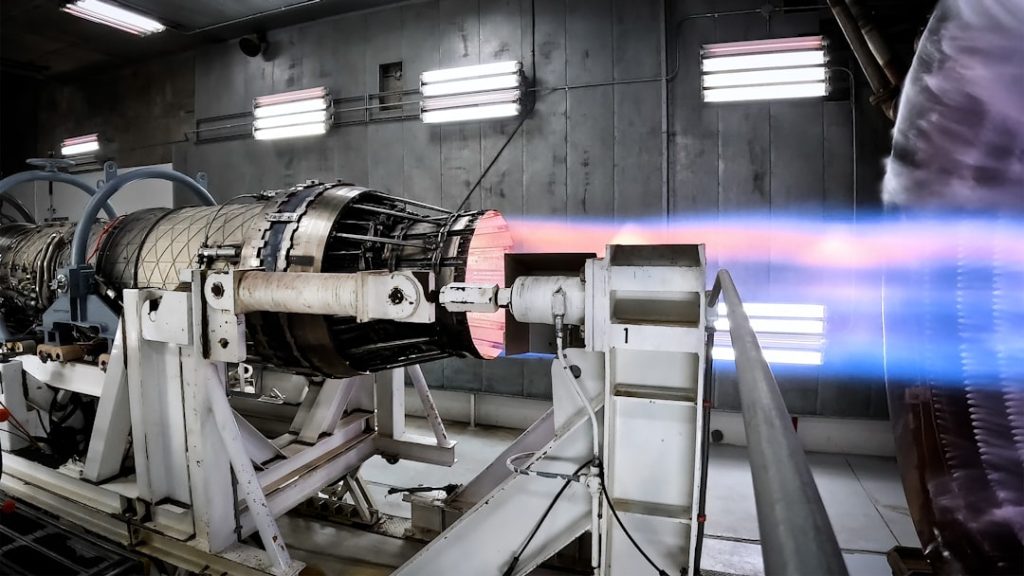Aerospace technology encompasses a broad spectrum of engineering disciplines and scientific principles that are applied to the design, development, and operation of aircraft and spacecraft. This field is not only pivotal for transportation but also plays a crucial role in national defense, scientific research, and global communications. The integration of various technologies, including materials science, computer engineering, and aerodynamics, has led to significant advancements that have transformed how we perceive air and space travel.
As the world becomes increasingly interconnected, the demand for efficient and innovative aerospace solutions continues to grow, driving research and development in this dynamic sector. The significance of aerospace technology extends beyond mere transportation; it influences economic growth, environmental sustainability, and international collaboration. The aerospace industry is a major contributor to the global economy, providing millions of jobs and facilitating trade across borders.
Moreover, advancements in aerospace technology have far-reaching implications for other sectors, including telecommunications, weather forecasting, and even healthcare. As we delve deeper into the history, current developments, and future trends of aerospace technology, it becomes evident that this field is at the forefront of human ingenuity and innovation.
Key Takeaways
- Aerospace technology has evolved from early flight to advanced space exploration.
- Current developments focus on improving aircraft efficiency and space mission capabilities.
- Future trends include sustainable technologies and increased automation in aerospace.
- Innovations in aircraft design enhance performance, safety, and environmental impact.
- The industry faces challenges like sustainability and funding but offers significant growth opportunities.
History of Aerospace Technology
The history of aerospace technology is a fascinating journey that traces back to ancient civilizations. Early attempts at flight can be seen in the mythological tales of Icarus and Daedalus, but it wasn’t until the late 19th and early 20th centuries that serious scientific inquiry into flight began. Pioneers like Sir George Cayley laid the groundwork for modern aerodynamics by identifying the four forces of flight: lift, weight, thrust, and drag.
The Wright brothers’ successful powered flight in 1903 marked a pivotal moment in this history, demonstrating that controlled flight was possible and igniting a wave of innovation in aviation. The evolution of aerospace technology accelerated dramatically during the 20th century, particularly during World War I and World War
The necessity for advanced military aircraft led to rapid advancements in aerodynamics, materials science, and propulsion systems. The post-war era saw the birth of commercial aviation, with aircraft like the Douglas DC-3 revolutionizing air travel by making it accessible to the masses. The space race of the 1960s further propelled aerospace technology into new realms, culminating in landmark achievements such as the Apollo moon landing in 1969.
This period not only showcased human ingenuity but also laid the foundation for future exploration beyond our planet.

Current Developments in Aerospace Technology
| Development Area | Key Metrics | Recent Advances | Impact on Aerospace |
|---|---|---|---|
| Electric Propulsion | Thrust: 250-500 kW; Efficiency: 60-70% | Improved battery energy density; Development of hybrid-electric systems | Reduced emissions; Lower operational costs; Quieter flights |
| Hypersonic Flight | Speed: Mach 5+; Temperature: 1000-1500°C | Advanced thermal protection materials; Scramjet engine testing | Faster global travel; Enhanced military capabilities |
| Autonomous Systems | AI accuracy: 95%+; Reaction time: <50 ms | Integration of AI for navigation and collision avoidance | Increased safety; Reduced pilot workload; Potential for pilotless aircraft |
| Advanced Materials | Weight reduction: 15-25%; Strength increase: 20-30% | Use of carbon composites and nanomaterials | Improved fuel efficiency; Enhanced durability and performance |
| Space Tourism | Flight duration: 5-10 minutes suborbital; Passenger capacity: 4-6 | Reusable rockets; Commercial spaceflight certification | New market creation; Increased public interest in space |
Today, aerospace technology is characterized by rapid advancements driven by both commercial interests and scientific exploration. One of the most significant developments is the rise of unmanned aerial vehicles (UAVs), commonly known as drones. These versatile machines are being utilized across various sectors, from agriculture to disaster response, showcasing their potential to revolutionize how we approach tasks that require aerial surveillance or delivery services.
The integration of artificial intelligence (AI) into UAV systems has further enhanced their capabilities, allowing for autonomous navigation and real-time data analysis. In addition to UAVs, advancements in materials science have led to the development of lighter and stronger materials that improve fuel efficiency and performance. Composite materials, such as carbon fiber reinforced polymers, are increasingly used in aircraft construction due to their high strength-to-weight ratio.
Furthermore, additive manufacturing, or 3D printing, is transforming production processes within the aerospace industry by enabling rapid prototyping and reducing waste. These innovations not only enhance performance but also contribute to cost savings and sustainability efforts within the sector.
Future Trends in Aerospace Technology
Looking ahead, several trends are poised to shape the future of aerospace technology significantly. One prominent trend is the increasing focus on electric propulsion systems. As concerns about climate change intensify, the aerospace industry is exploring electric and hybrid-electric aircraft as viable alternatives to traditional jet engines.
Companies like Boeing and Airbus are investing heavily in research to develop electric aircraft that can reduce emissions and operational costs while maintaining performance standards. Another trend is the growing interest in space tourism and commercial spaceflight. With companies like SpaceX and Blue Origin leading the charge, the prospect of ordinary citizens traveling to space is becoming more tangible.
This burgeoning industry not only promises to make space more accessible but also opens up new avenues for research and development in spacecraft design and safety protocols. As these trends unfold, they will undoubtedly redefine our understanding of what is possible within aerospace technology.
Advancements in Aircraft Design

The design of modern aircraft has evolved dramatically over the years, driven by technological advancements and changing consumer demands. One notable advancement is the incorporation of fly-by-wire systems, which replace traditional mechanical controls with electronic interfaces. This innovation enhances aircraft safety by providing pilots with more precise control over flight operations while also allowing for advanced autopilot features that can manage complex flight scenarios.
Aerodynamic efficiency remains a critical focus in aircraft design. The introduction of blended wing-body designs represents a significant shift from conventional aircraft shapes. These designs optimize airflow around the aircraft, reducing drag and improving fuel efficiency.
Additionally, advancements in computational fluid dynamics (CFD) allow engineers to simulate airflow over various designs before physical prototypes are built, streamlining the design process and enhancing performance outcomes.
Innovations in Space Exploration
Space exploration has entered a new era characterized by unprecedented innovation and collaboration among government agencies and private enterprises. The development of reusable rocket technology has been a game-changer for space missions. SpaceX’s Falcon 9 rocket exemplifies this innovation by successfully landing its first stage after launch, significantly reducing costs associated with space travel.
This capability not only makes space missions more economically viable but also paves the way for more frequent launches. Moreover, advancements in satellite technology have transformed our understanding of Earth and beyond. Small satellites or CubeSats are being deployed for various applications ranging from environmental monitoring to telecommunications.
These compact satellites are cost-effective and can be launched in swarms, providing comprehensive data collection capabilities that were previously unattainable with larger satellites. As we continue to push the boundaries of space exploration, these innovations will play a crucial role in expanding our knowledge of the universe.
Sustainable Aerospace Technology
Sustainability has become a central theme within aerospace technology as industries grapple with their environmental impact. The aviation sector is one of the significant contributors to greenhouse gas emissions; thus, there is an urgent need for sustainable practices. Research into sustainable aviation fuels (SAFs) is gaining momentum as a means to reduce carbon emissions from traditional jet fuels.
SAFs can be produced from various feedstocks, including waste oils and agricultural residues, offering a renewable alternative that can be integrated into existing fuel infrastructure. In addition to alternative fuels, there is a growing emphasis on energy-efficient aircraft designs that minimize fuel consumption during flight. Innovations such as winglets—small vertical extensions at the tips of wings—help reduce drag and improve fuel efficiency by optimizing airflow around the wings.
Furthermore, initiatives aimed at improving air traffic management systems are being explored to reduce congestion in airspace, leading to shorter flight times and lower emissions per flight.
Challenges and Opportunities in the Future of Aerospace Technology
Despite the remarkable advancements in aerospace technology, several challenges persist that must be addressed to ensure continued progress. One significant challenge is regulatory compliance; as new technologies emerge—particularly in areas like UAVs and electric aircraft—regulatory frameworks must evolve to ensure safety without stifling innovation. Balancing safety concerns with the need for rapid technological advancement presents a complex dilemma for policymakers.
Conversely, these challenges also present opportunities for collaboration between industry stakeholders, government agencies, and research institutions. By fostering partnerships focused on research and development, stakeholders can work together to address regulatory hurdles while promoting innovation. Additionally, as public interest in sustainable practices grows, there is an opportunity for aerospace companies to lead by example in adopting environmentally friendly technologies that resonate with consumers.
The future of aerospace technology holds immense potential for transformative change across multiple dimensions—economic growth, environmental sustainability, and human exploration beyond our planet. As we navigate this exciting landscape filled with challenges and opportunities alike, it is clear that aerospace technology will continue to be a driving force behind human progress for generations to come.




